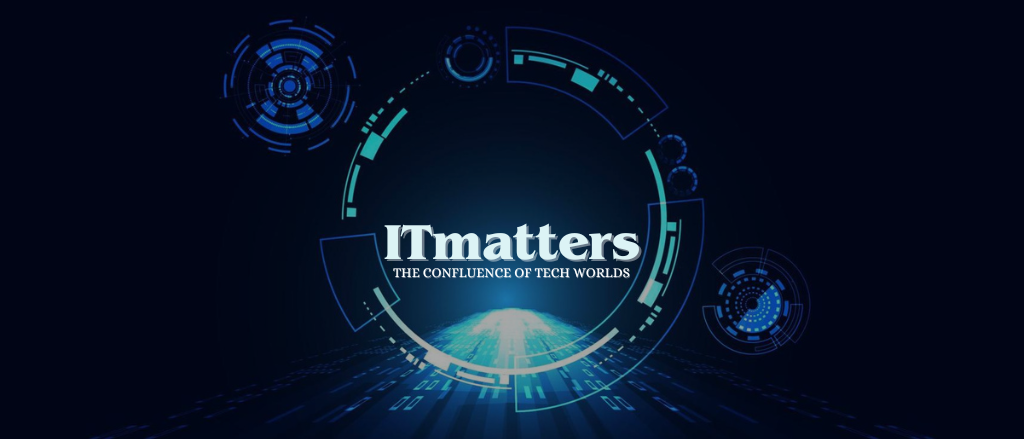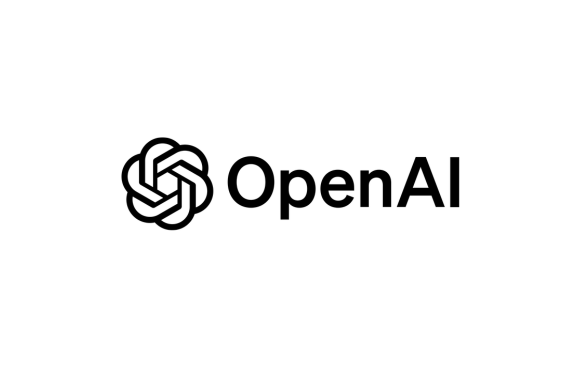OpenAI’s New Era with GPT-4.1
OpenAI has unveiled its latest family of AI models: GPT-4.1, GPT-4.1 mini, and GPT-4.1 nano. These new models aim to bring smarter coding assistants to developers — at a fraction of the previous cost. Available through OpenAI’s API, these models are not part of ChatGPT yet, but they’re already shaking things up in the world of artificial intelligence.
With a 1-million-token context window, GPT-4.1 can now read and process more words at once than ever before — enough to absorb the full text of books like War and Peace. This longer context window allows it to handle complex tasks more efficiently.
But what does this really mean for users, developers, and the future of AI?
Why GPT-4.1 Matters?
At its core, GPT-4.1 is part of OpenAI’s bigger mission — to build an “agentic software engineer” that can write, test, and even debug software end-to-end. This vision could revolutionize how software is built.
Compared to earlier models like GPT-4o and GPT-4.5, GPT-4.1 isn’t just an upgrade — it’s a strategic shift. It offers better structure, format-following, and tool integration. For developers, this means fewer errors and more reliable outputs.
This also comes with a pleasant surprise: lower pricing. GPT-4.1 is far more affordable than its predecessor GPT-4.5. The full GPT-4.1 model costs $2 per million input tokens — GPT-4.5 cost $75. For startups and small teams, that’s a massive difference.
Mini and Nano: Smaller, Faster, Cheaper
OpenAI didn’t stop at one model. Alongside GPT-4.1, it introduced GPT-4.1 mini and nano. These versions are leaner and faster, designed for situations where speed matters more than accuracy.
While they may sacrifice a bit of precision, they are incredibly cost-efficient. GPT-4.1 nano, in particular, is OpenAI’s cheapest and fastest model to date. It could power everything from personal assistants to embedded AI in devices.
GPT-4.1 vs the Competition
OpenAI’s launch comes as rivals like Google and Anthropic raise their game. Google’s Gemini 2.5 Pro and Anthropic’s Claude 3.7 Sonnet both boast high scores on coding benchmarks. GPT-4.1 competes closely, scoring between 52% and 54.6% on SWE-bench Verified.
That’s slightly behind Gemini’s 63.8% and Claude’s 62.3%, but OpenAI counters that GPT-4.1 offers a better real-world coding experience, thanks to direct feedback and developer-focused improvements.
In video understanding, GPT-4.1 shines too. It leads on Video-MME’s “long, no subtitles” category with 72% accuracy — a strong sign of its multimodal power.
The Sunset of GPT-4.5
To make room for this new model, OpenAI will phase out GPT-4.5 from its API by July 14. GPT-4.5 was once its most powerful model, but it’s also expensive and energy-intensive.
OpenAI says GPT-4.1 delivers similar — or even better — performance in many areas, but at a much lower cost. GPT-4.5 will still remain on ChatGPT for research preview, but developers are being encouraged to make the switch now.
This marks a key moment: OpenAI is clearly moving toward lighter, faster, and more scalable models.
Some Caution Remains
While GPT-4.1 brings many gains, it’s not perfect. OpenAI admits that performance drops as input size increases. In one internal test, accuracy fell from 84% at 8,000 tokens to 50% at 1 million tokens.
Also, GPT-4.1 can be more literal than its predecessors. It needs more explicit instructions in certain tasks, meaning prompt engineering is still crucial.
There’s also the wider reality: even top AI models today still struggle with bugs and security flaws in code. These tools are powerful, but they still need human oversight.
A Thoughtful Step Forward
What’s exciting about GPT-4.1 is not just its speed or size — it’s what it represents. This release shows that OpenAI is focusing on practical, accessible AI, not just headline-grabbing breakthroughs.
By cutting costs and improving developer experience, OpenAI is taking AI coding tools from the lab into the real world. It’s not about hype. It’s about building something useful — something that works at scale.







Leave a Reply